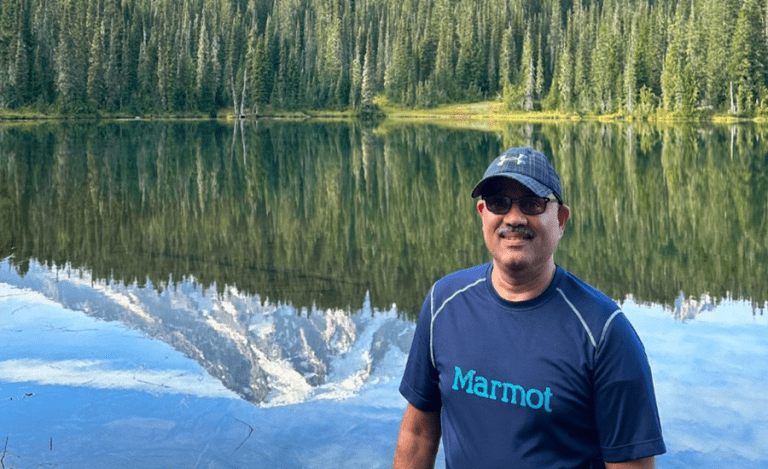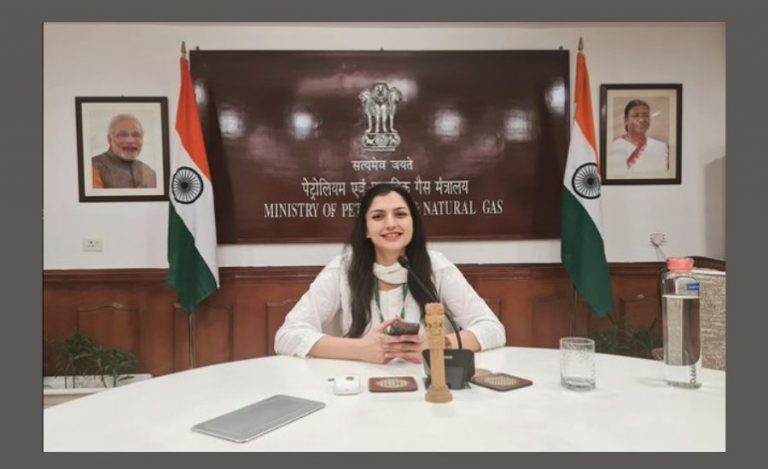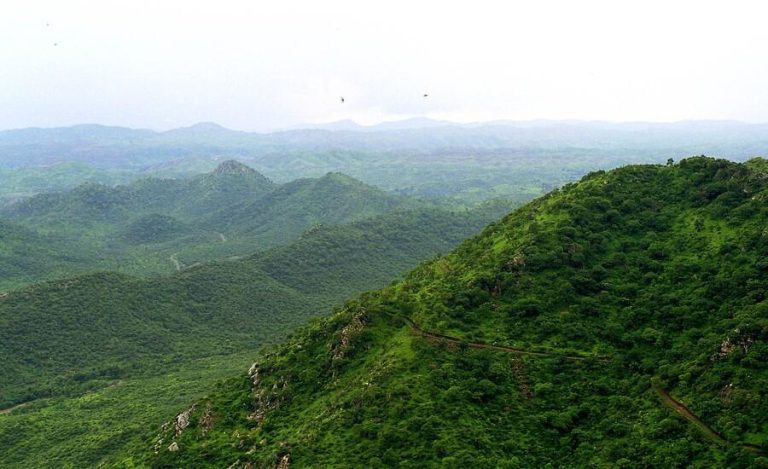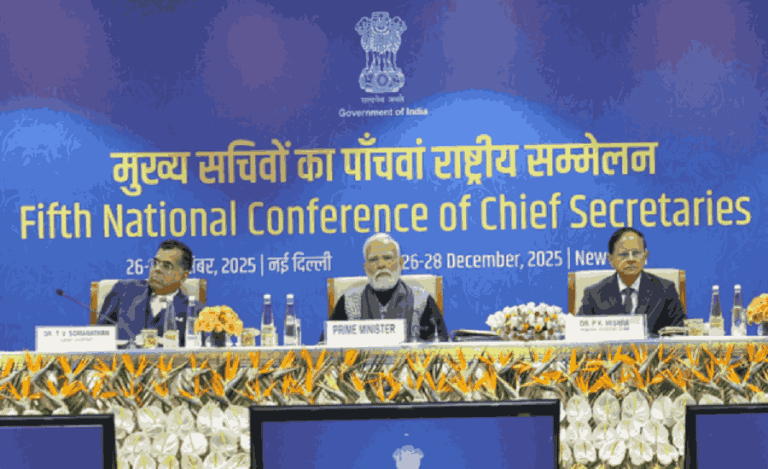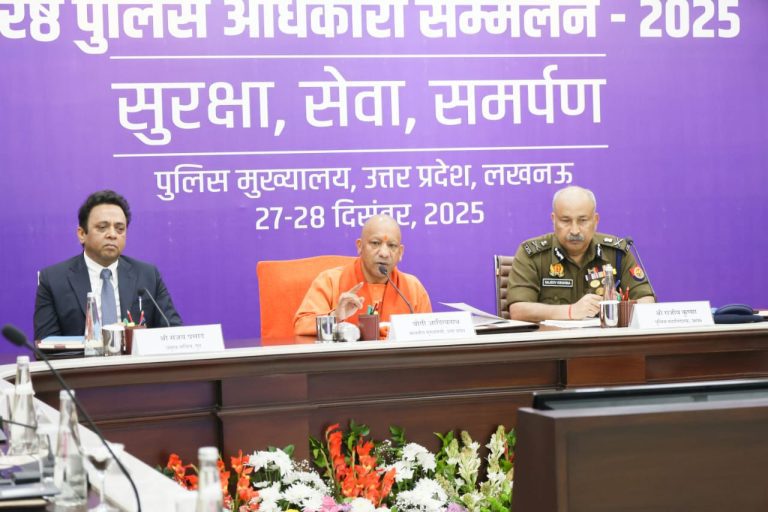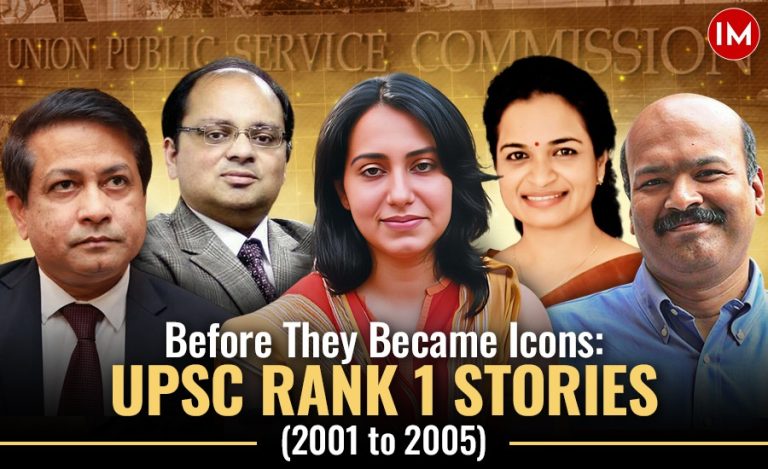Aditya ‘Dicky’ Singh, a multifaceted individual known for his roles as a wildlife photographer, conservationist, homestay proprietor, passed away at the age of 57 due to a heart attack on Wednesday.
Born in May 1966, he initially pursued a scientific background and earned a bachelor’s degree in engineering. Subsequently, he cleared 1992 UPSC CSS and also UPSC CISF in 1993. However, he soon realized that his true passion and calling resided in the realm of wildlife. In 1998, he made the pivotal decision to relocate to Ranthambore, where he dedicated the rest of his life to wildlife documentaries, photography, and conservation initiatives.
In addition to his creative pursuits, he initiated a small tourism venture, now known as Ranthambore Bagh, situated on the outskirts of Ranthambore.
One of the most remarkable achievements of his life was the transformation of a 35-acre forest on the periphery of Ranthambore National Park. He undertook this project to combat rampant woodcutting and illegal mining plaguing the region.
In 1999, while working on a documentary, he stumbled upon the Bhadlav valley, where he witnessed illicit stone mining and extensive deforestation. Recognizing the importance of these ravines as a buffer zone for Ranthambore National Park, he began acquiring land along its border and embarked on a mission to rewild it. Over the years, as trees flourished and local flora and fauna reclaimed the land, it effectively thwarted the activities of woodcutters and local villagers in the immediate vicinity of the national park. Today, this lush green expanse stands in stark contrast to its surroundings.
Despite receiving lucrative offers amounting to crores of rupees for the land, he remained resolute in his decision not to commercialize it. To this day, it remains a non-commercial property, preserving its natural beauty and ecological significance.
In Ranthambore, he played a pivotal role as a field assistant and line producer for over a dozen wildlife documentaries produced by renowned entities such as the BBC Wildlife Division, National Geographic Film and Television, Japan’s NHK Broadcasting Service, Irish television, and numerous independent productions. He also provided assistance to some of the most distinguished names in the world of wildlife photography.
He garnered significant recognition for his contributions, including the prestigious Carl Zeiss Award for Conservation in 2012 and the Sanctuary Wildlife Photographer of the Year award in 2011, among other accolades. He was also known for maintaining one of the most extensive collections of still images from the Ranthambhore Tiger Reserve, captured over a span of two decades.
Many Indian Forest Service officers who were closely acquainted with him, and bureaucrats from other services as well, expressed shock and sorrow at Dicky Singh’s death.
Rest in peace friend. Just heard terrible news. A wildlife photographer, a conservation enthusiast and a friend. He was from government service and later left and join the wild. Made Ranthambore his home. Who was always available for discussion and chats. Aditya Dicky Singh 🌺🌺 pic.twitter.com/xWHUVcaHYU
— Parveen Kaswan, IFS (@ParveenKaswan) September 6, 2023





